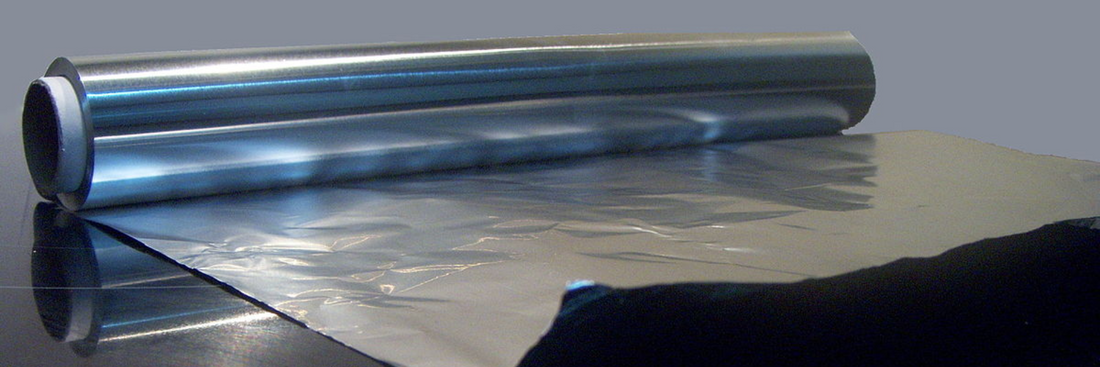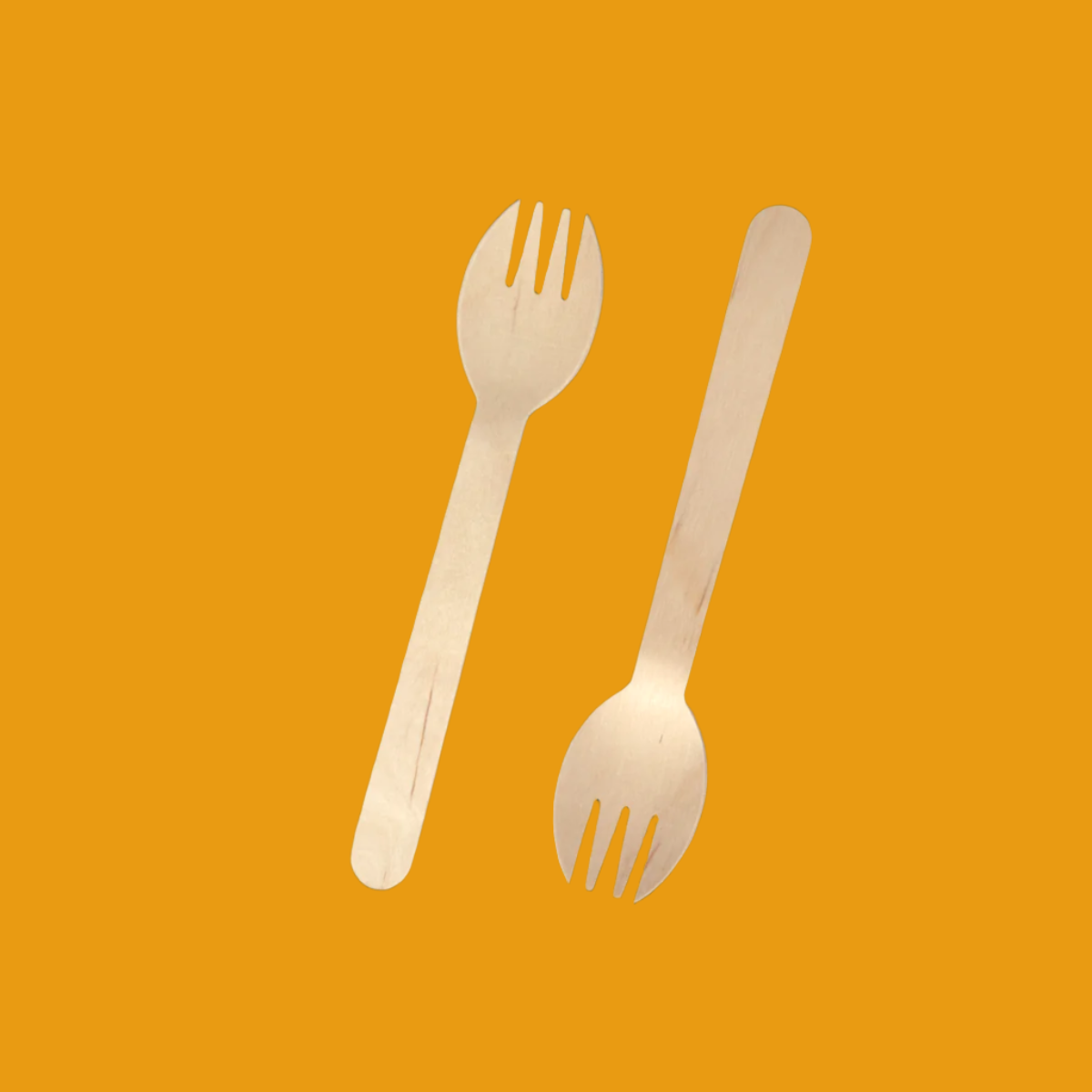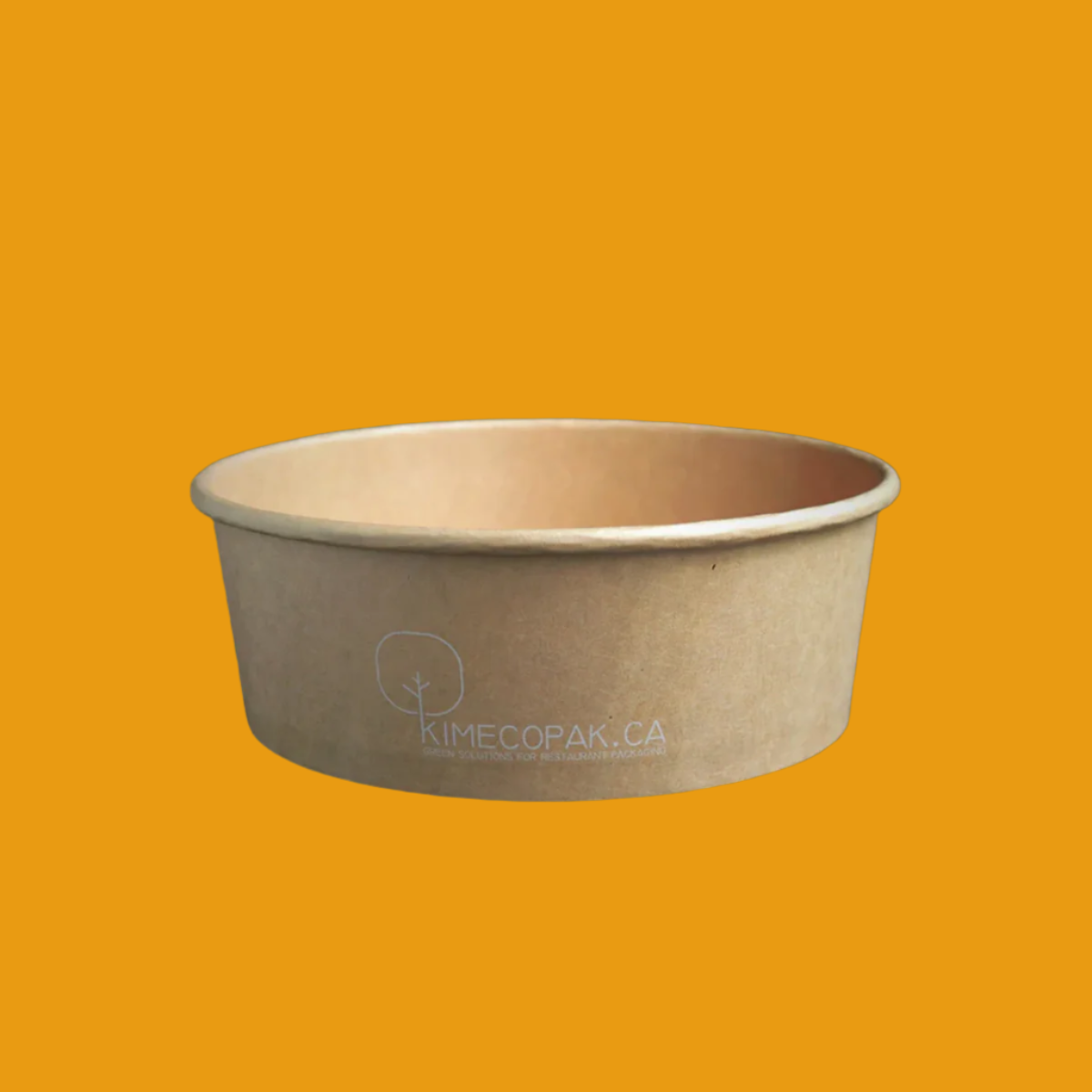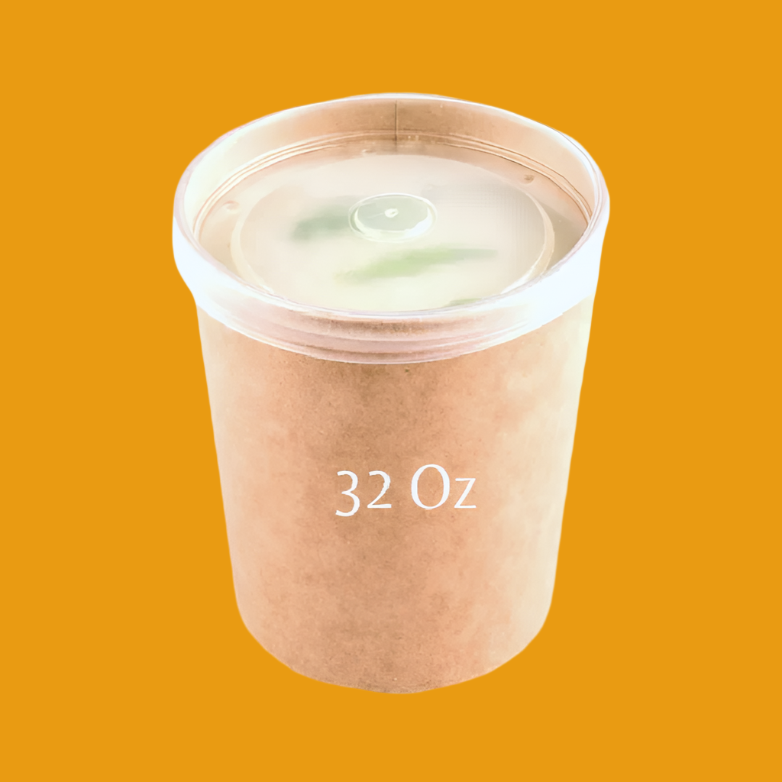Aluminum foil is a familiar material in many households, commonly used in cooking, food preservation, and various industrial applications. With its non-stick properties and excellent heat resistance, aluminum foil offers significant convenience in daily life. But have you ever wondered “How is aluminum foil made?” Let’s explore the production process and some interesting information about this useful material.
- Can Aluminum Foil Go in the Microwave? Tips for Using Aluminum Foil Safety
- Can You Put Aluminum Foil In An Air Fryer?
- Can You Put Aluminum Foil In The Oven?
- What is Aluminum Foil? Characteristics and Applications of Aluminum Foil
What is Aluminum Foil Made Of?
Aluminum foil is made from thin sheets of aluminum. The shiny, silver-like appearance of aluminum gives it the name "foil." Commonly, a roll of foil has two sides with different levels of shine, with the shinier side being better at reflecting heat and preferred for wrapping food before baking.
The primary material used to produce aluminum foil is pure aluminum (99.99%), which has excellent thermal conductivity, is impermeable, can withstand high temperatures, and can easily wrap food due to its thin, soft, and flexible nature. However, it is not recommended for use in microwaves and can corrode when in prolonged contact with acidic or salty foods such as dairy products, cheese, tomato products, citrus fruits, pickles, red meat, and processed meats.

Properties of Aluminum Foil
Aluminum foil is thin yet versatile. It retains the properties of aluminum with a melting point of up to 660°C (1220°F), making it suitable for direct use in ovens, air fryers, on charcoal grills, gas stoves, and infrared cooktops without worrying about burning, breaking, or melting.
Foil is also pliable, making it easy to shape, wrap, and cover or line cooking and storage containers. Its ability to block light, air, and retain heat makes it a favorite for wrapping food during baking as it helps retain moisture, keeping food fresher.
How is Aluminum Foil Made?
Bauxite Mining and Refining
Aluminum is extracted from an ore called Bauxite. The first step of aluminum foil manufacturing is Bauxite mining and refining. Bauxite is found in most countries, but the larger deposits occur in the tropics.
Bayer's process is commonly used to produce alumina by refining bauxite and researchers believe that this process is the most efficient and cost-effective. Aluminum compounds in the bauxite may be present as gibbsite (Al(OH)3),böhmite (γ-AlO(OH)) diaspore (α-AlO(OH)), and other aluminum compounds.
In the Bayer process, bauxite ore is heated in a pressure vessel along with caustic soda at a temperature of 150 to 200 °C. At these temperatures, the aluminum is dissolved as sodium aluminate in an extraction process. After the separation of the residue by filtering, gibbsite is precipitated when the liquid is cooled and then seeded with fine-grained aluminum hydroxide crystals from previous extractions.

Casting
Casting process begins by melting aluminum oxide (alumina) in a furnace to create molten aluminum. The molten aluminum is then poured into large rectangular molds, known as "slabs" or "ingot molds." As it cools, the aluminum solidifies into solid blocks, ready for further processing.
Once the slabs have solidified, they are reheated in a furnace to approximately 500-600°C (932-1112°F). This process, known as homogenization or preheating, helps remove any internal stresses or inconsistencies in the aluminum, ensuring uniformity and enhancing the overall quality of the final foil product.
Rolling
Next, the aluminum slabs undergo a series of rolling operations to reduce their thickness, transforming them into aluminum foil. This process involves passing the slabs through several rolling mills, where high pressure is applied to compress and elongate the metal. Each pass through the rolling mills reduces the slab’s thickness until the desired thinness of the foil is achieved.
The rolling process involves multiple mills arranged in parallel to achieve the thinness and flexibility of the foil. These mills are classified as roughing mills, intermediate mills, and finishing mills, each with different rolling configurations and reduction rates. The process is carefully controlled to ensure uniform thickness and precision throughout the length of the aluminum foil.
Finishing
After achieving the desired thickness, the aluminum foil undergoes additional processing steps to enhance its surface quality and properties. These finishing processes include annealing, lubricating, and slitting.
Annealing is a heat treatment process where the aluminum foil is heated to a specific temperature and then gradually cooled. This process improves the foil’s ductility, removes any residual stresses, and increases its workability. Annealing also contributes to the foil’s ability to withstand repeated folding and bending without cracking or breaking.
Lubricants are applied to the foil’s surface to reduce friction in subsequent processing steps, ensuring smooth unrolling and handling. The lubricant can be a light oil or specialized coating, depending on the intended use of the foil.
Finally, the aluminum foil is slit into narrower rolls of various widths, depending on customer requirements. This slitting process involves cutting the wide rolls of foil into smaller rolls using precision slitting machines. The slit rolls are then packaged, ready for distribution and use in various industries.

Is Aluminum Foil Safe for Health?
The use of aluminum foil in cooking has been studied and evaluated by many health organizations. Although aluminum can leach into food in small amounts, this is generally not harmful if used properly. To ensure safety, you should:
- Avoid cooking acidic foods on aluminum foil: Foods like tomatoes and citrus fruits can react with aluminum, causing the foil to break down and create small holes.
- Do not use aluminum foil at excessively high temperatures: Although foil can withstand up to 250°C (482°F), using it at higher temperatures may not be safe.
- Do not reuse used aluminum foil: Used foil may be damaged or contaminated, so always use new foil each time.
Conclusion
Aluminum foil is not only a convenient material but also safe and effective for cooking when used correctly. The production process, from ore extraction to thin rolling and surface treatment, ensures the highest quality final product. Understanding more about aluminum foil helps us use it smartly and efficiently while protecting our health and the environment. We hope this article has provided you with the necessary and useful information. Thank you for taking the time to read along with KimEcopak!
Related Articles:









